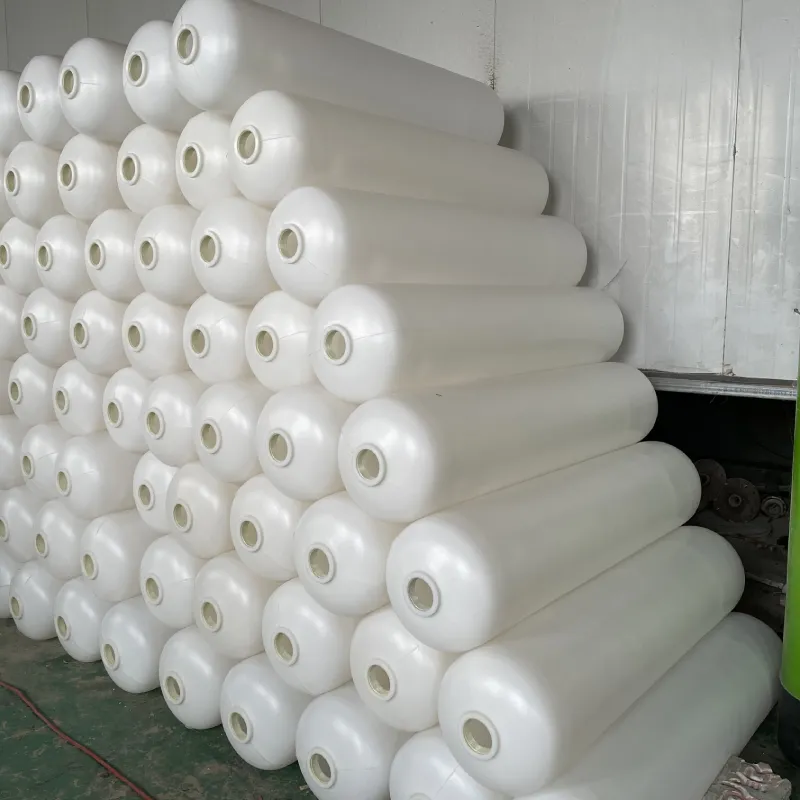loading...
- No. 9, Xingyuan South Street, Dongwaihuan Road, Zaoqiang County, Hengshui, Hebei, China
- admin@zjcomposites.com
- +86 15097380338
- Welcome to visit our website!
frp grating installation
Installation of Fiber Reinforced Polymer (FRP) Grating
Fiber Reinforced Polymer (FRP) grating is a versatile and durable material used in various applications, from industrial settings to architectural designs. Its lightweight nature, resistance to corrosion, and high strength make it an ideal choice where traditional materials may falter. Installing FRP grating requires careful planning and execution to ensure safety and longevity. Here’s a detailed guide to the installation process.
Step 1 Preparation and Planning
Before starting the installation, it is crucial to assess the area where the FRP grating will be installed. This includes measuring dimensions accurately, evaluating load requirements, and determining the necessary type of grating. Ensure that all materials needed for the installation—grating panels, supports, fasteners, and safety equipment—are available.
Furthermore, it’s essential to consider the environmental conditions. FRP grating is particularly well-suited for corrosive environments, but specific installation techniques may vary depending on the surroundings, such as high temperatures or exposure to chemicals.
Step 2 Safety Precautions
Safety should be a top priority during installation. Installers should wear appropriate personal protective equipment (PPE), including gloves, safety glasses, and hard hats. Additionally, ensure that the working area is clear of hazards and that proper fall protection measures are in place if working at height.
Step 3 Setting Up Support Structures
FRP grating needs a solid framework for installation. Begin by installing support beams or pedestals where the grating will rest. These supports should be compatible with the load requirements and spaced according to the manufacturer’s recommendations, typically between 12 to 24 inches apart, depending on the specific application. Ensure that the supports are level and secure to provide a solid foundation for the grating.
frp grating installation

Step 4 Cutting and Aligning the Grating
FRP grating commonly comes in standard sizes, but adjustments may be needed to fit specific areas. Use a jigsaw or a circular saw fitted with a carbide-tipped blade to cut the grating to the required dimensions. Always wear protective eyewear when cutting. After cutting, align the grating panels with the support structure, ensuring they fit snugly without any gaps.
Step 5 Fastening the Grating
Once the panels are aligned, secure the FRP grating in place using the appropriate fasteners as specified by the manufacturer. This may include clips, bolts, or screws designed specifically for FRP materials. Ensure that all fasteners are tightened adequately to prevent any movement or displacement during use.
Step 6 Final Inspection
After installation, conduct a thorough inspection of the grating. Check for any loose panels, sharp edges, or surface imperfections that could pose a safety risk. Ensure that the grating is securely fastened and meets all safety regulations.
Conclusion
Installing FRP grating is a straightforward process that, when executed carefully, can result in a safe and durable surface. By following these steps—preparation, safety measures, proper support setup, accurate cutting, secure fastening, and final inspection—you can ensure a successful installation that will withstand the test of time in various environments. Whether utilized in industrial applications or outdoor settings, FRP grating offers an excellent solution for those seeking reliable and long-lasting flooring options.
-
Transform Your Spaces with FRP Grating SolutionsNewsNov.04,2024
-
The Versatility and Strength of FRP RodsNewsNov.04,2024
-
The Excellence of Fiberglass Water TanksNewsNov.04,2024
-
The Benefits of FRP Grating for Your ProjectsNewsNov.04,2024
-
Elevate Your Efficiency with FRP Pressure VesselsNewsNov.04,2024
-
Welcome to the World of FRP Pressure VesselsNewsOct.12,2024
-
Unveiling the Future of Filtration: Why FRP Filter Vessels are a Game ChangerNewsOct.12,2024
